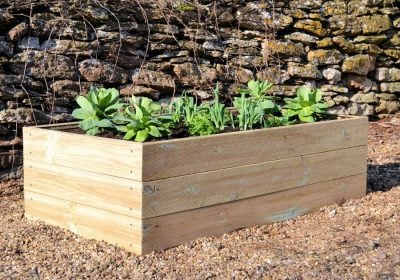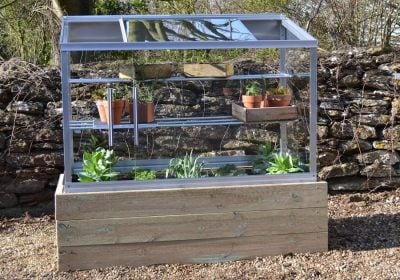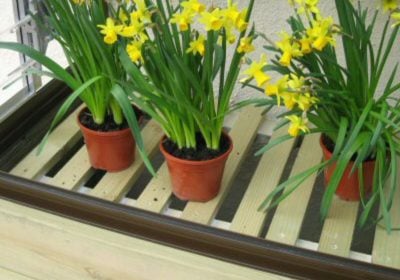What are the advantages of raised beds?
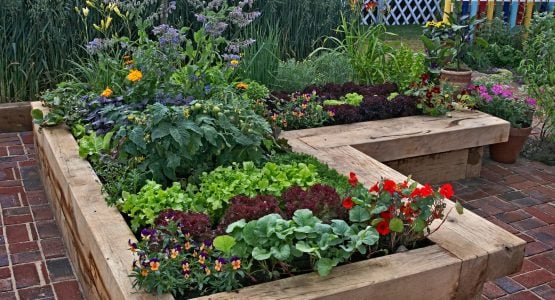
Welcome to our blog, where we explore the wonderful world of raised beds and uncover their numerous advantages for gardeners of all levels. If you’re looking to optimise your gardening experience and achieve thriving, bountiful plants, then you’ve come to the right place. In this article, we’ll delve into the many benefits of raised beds and why they have become a popular choice for both novice and experienced gardeners.
From improved soil quality to enhanced drainage and better accessibility, raised beds offer a range of advantages that can transform your gardening journey. Join us as we dig deeper into the world of raised beds and discover how they can elevate your gardening game.
What is a raised bed?
A raised bed is a gardening technique that involves creating a contained and elevated area for planting. It consists of a raised structure, typically made of wood, stone, bricks, concrete blocks, or other materials, that forms a rectangular or square-shaped box. The bed is then filled with soil, separate from the ground, creating a distinct growing space.
The raised structure can vary in height, ranging from a few inches to several feet, depending on personal preference and the specific needs of the plants being grown. The dimensions of the bed can also vary, allowing for flexibility in size and shape to suit the available space and gardening goals.
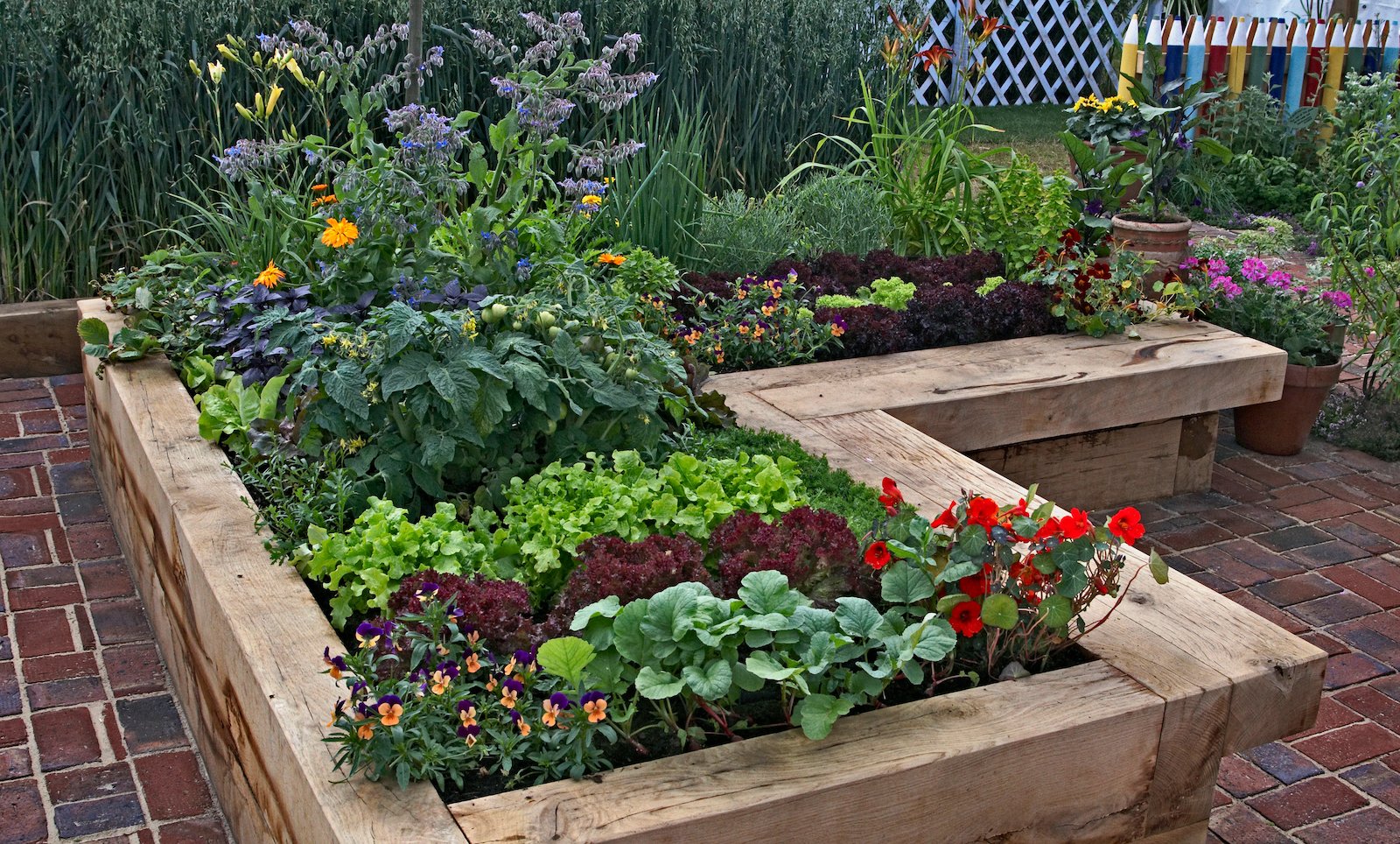
Additionally, raised beds can be built on various surfaces, including lawns, patios, rooftops, or even concrete, expanding the possibilities for gardening in urban and limited space environments. They are particularly beneficial in areas with poor soil quality or drainage issues, as they allow gardeners to create a suitable growing medium.
Overall, raised garden beds offer a practical and versatile solution for cultivating healthy plants, maximising space, and enjoying the pleasures of gardening with added convenience.
All of our raised beds are made in the UK that have been pressure treated, mitred, and made with stainless-steel screws to ensure their durability.
There are many advantages that a raised beds can bring, whether that be allowing you to grow a wider variety of fruit, vegetables or plants or making growing easier for you. They can be adapted to your needs, and this may be a reason why they are becoming increasingly popular.
Accessibility
Growing can be made easier with a raised base especially if you have any problems with mobility, because it will be elevated from the ground. The height of the raised base can be adapted and with all of our raised beds, you can choose between 1-5 tiers so it can be adapted to your needs.
This means less bending down so your back may thank you for the purchase! It allows for easy access to all plants as usually you can access a raised base from all sides so it can be easier to manage.
Drainage
Raised beds also create better drainage then grow bags or pots, so overwatering or waterlogged soil is less likely to occur. This is because water is able to drain through soil better when it has been raised from the ground. Therefore, it you will get a good amount of moisture throughout the soil it will promotes growth.
However, due to the good drainage it means it will need to be watered more regularly as the soil can dry out especially during the summer and if it is in a position where it gets direct sunlight.
Versatile
Raised beds are extremely versatile because there are many different shapes and sizes, which one you decide to purchase will be dependent on what your needs are.
For example, if you plan on growing deep rooted crops such as potatoes, you will need to get one with good depth and a shallow one will be ideal for growing herbs and salads. If you have one of our growhouses, you can purchase a raised bed to go underneath so you are able to grow directly from soil while your plants are still protected under the glass.
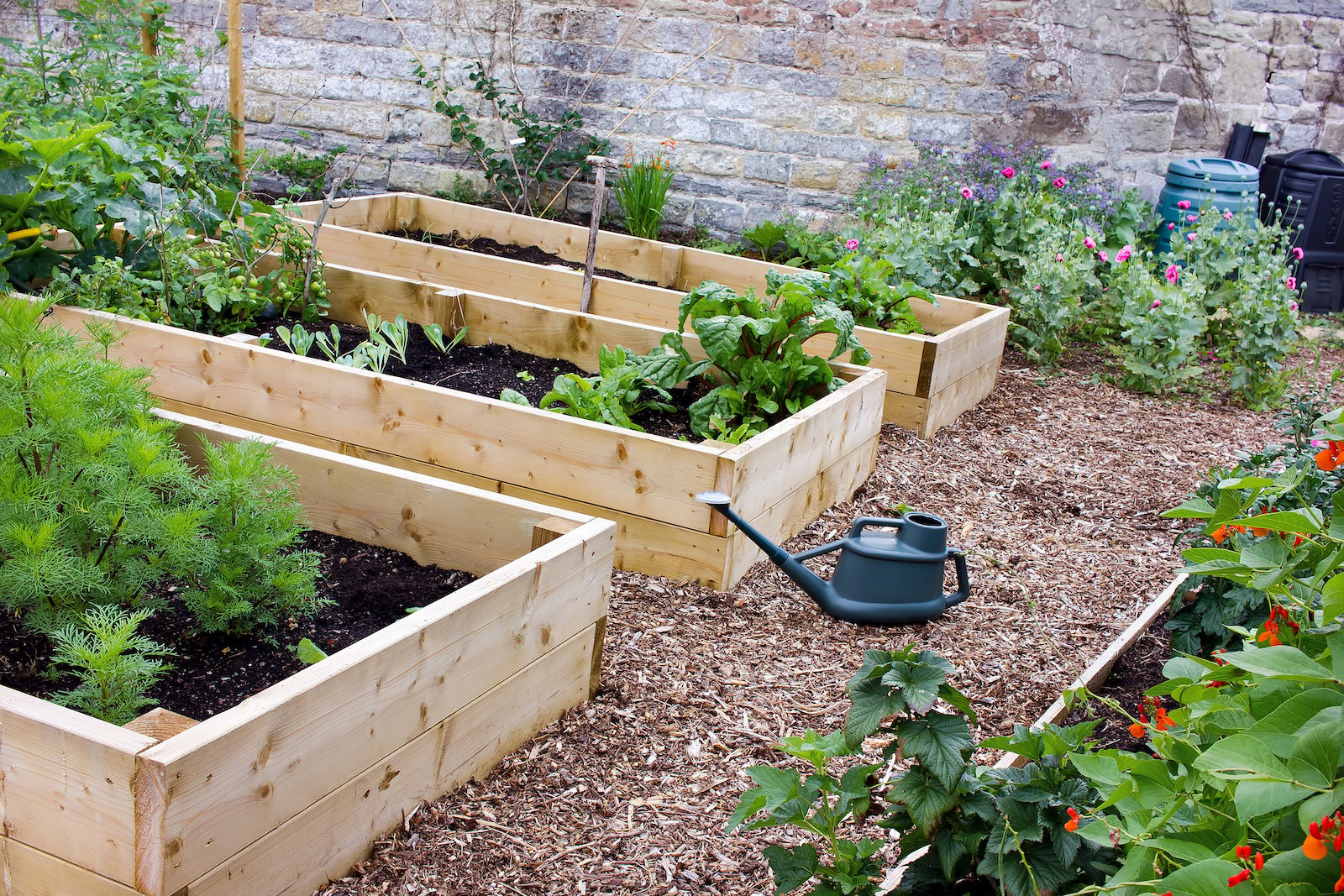
Having a cold frame or growhouse on top of a raised base creates it own advantages, because it will trap heat and will, therefore, warm up more quickly, allowing you to start growing around 6 weeks earlier than the usual growing season. If this is the option you wanted to take, when you get to summertime, you can also take out the roof panes to allow for taller crops such as tomatoes. You can also leave the side panes in place for wind protection.
Soil
If your garden has poor quality soil, a raised bed will be able to solve your problem. You will be able to fill it with whichever soil type needed for the types of crops you are wanting to grow, and therefore, having a good soil environment for your plants to be able to thrive and grow.
For example, blueberries need acidic soil, whereas crops such as cabbage prefer a heavier clay soil to provide more anchorage for the roots. Have a read through the square foot gardening blog about the recommended soil mix.
Depending on what size raised bed you have it may need a lot of soil to be able to fill it, but you are able to purchase bulk bags. Reputable soil suppliers will be able to supply a variety of soil mixtures. You can also take this opportunity to add lots of organic matter to the compost heap when you first fill the raised base.
Weed control
Raised beds provide better weed control compared to traditional in-ground gardening. The physical barrier of the raised bed helps prevent weed encroachment from surrounding areas. Starting with weed-free soil and using mulch or landscape fabric further reduces weed growth within the raised bed.
Aesthetic appeal
Raised beds provide a neat and organised appearance to the garden. They can be designed creatively with different materials, shapes, and arrangements, adding visual interest and enhancing the overall aesthetic appeal.
Pest and disease management
Raised beds can help reduce the risk of pest infestations and certain soil-borne diseases. The contained environment makes it easier to implement preventive measures, such as using physical barriers or applying targeted treatments.
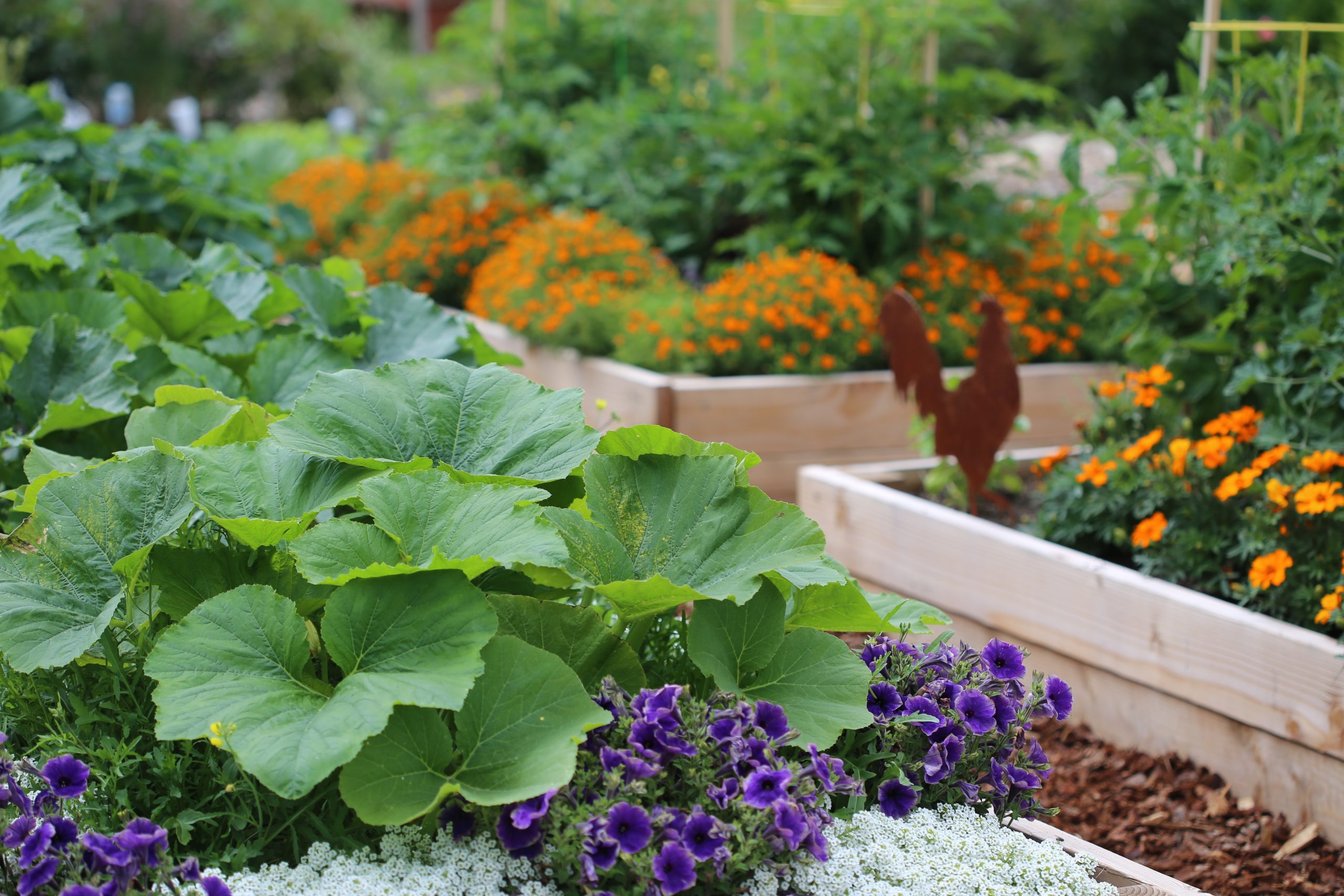
Final thoughts
Overall, raised beds offer numerous advantages, including improved soil quality, enhanced drainage, weed control, easy accessibility, extended growing season, versatile placement options, aesthetic appeal, and effective pest and disease management. Incorporating raised beds into your gardening practice can lead to healthier plants, increased productivity, and a more enjoyable gardening experience.
Related Products
-
-

2ft x 4ft Wooden Raised Bed Kit
from £69.00
-
